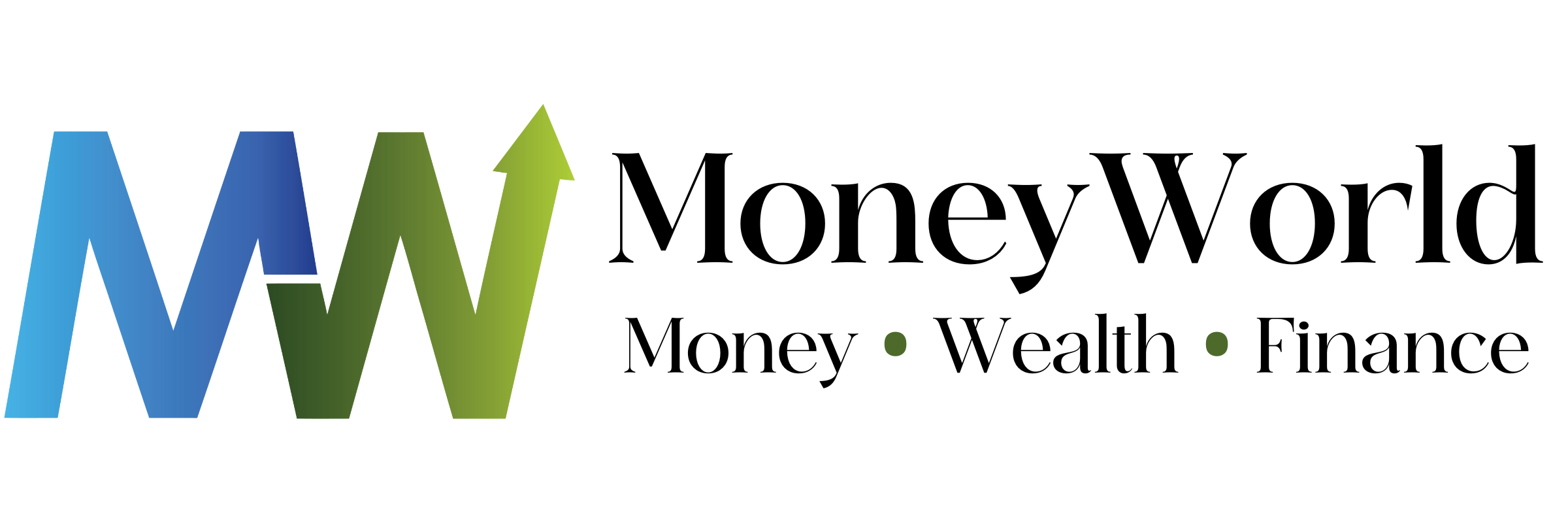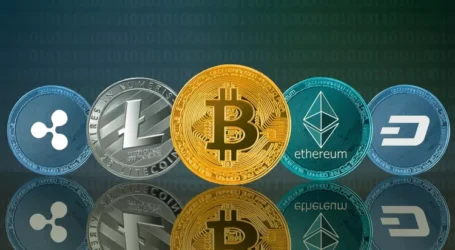The basic idea behind the blockchain realm
Blockchain Basics
Blockchain offers a revolutionary way for people worldwide to manage a shared database without relying on a central authority. This technology introduces a decentralized and collaborative model for sharing and reconciling information. It is uniquely designed to meet the needs of our interconnected, global future.
Where It All Began
For centuries, humans have relied on ledgers to track information. These simple chronological lists recorded everything from bushels of wheat and barrels of wine to deaths during plagues and other significant events. As human activity expanded, so did the ways we tracked and synchronized data.
In the last century, information became mostly digital. Ledgers moved from paper to computers, opening up new possibilities. This evolution led to the invention of databases—interconnected electronic ledgers designed to make information searchable, sortable, and shareable. Today, databases support nearly every digital service we use.
However, traditional databases have limitations. They require a central authority to maintain them, granting that authority absolute power over the data. For instance, a platform like Facebook could alter what you see on Instagram, and you’d have no choice but to accept it. Similarly, a bank could deduct funds from your account without your consent. While blatant actions might be noticed, subtle changes, like taking a penny a day, could go unnoticed for a long time.
As the world becomes more connected and our interactions grow increasingly digital, a more resilient and collaborative system is needed. This system must work at scale, independent of any single political, corporate, or personal influence.

The Birth of Blockchain
Blockchain was invented in 2009 to address this need. It provides a way to keep data synchronized across multiple, independent stakeholders. Unlike traditional databases, which are ideal for managing records for a single entity, blockchain enables a group of unrelated entities to agree on and maintain a single dataset.
This capability is particularly valuable in scenarios where stakeholders might have conflicting interests. For example, in financial systems, where the temptation to manipulate data for personal gain is strong, blockchain offers a solution. It ensures that all participants can trust the shared data without relying on a single authority.
Blockchain has proven especially useful for tracking money, but its applications extend far beyond finance. It’s a secure, transparent, and collaborative system that can be applied to any domain requiring trust and shared data management.
In essence, blockchain represents a new way to manage information. It shifts power away from central authorities and toward a decentralized network, making it a cornerstone of the digital age.









